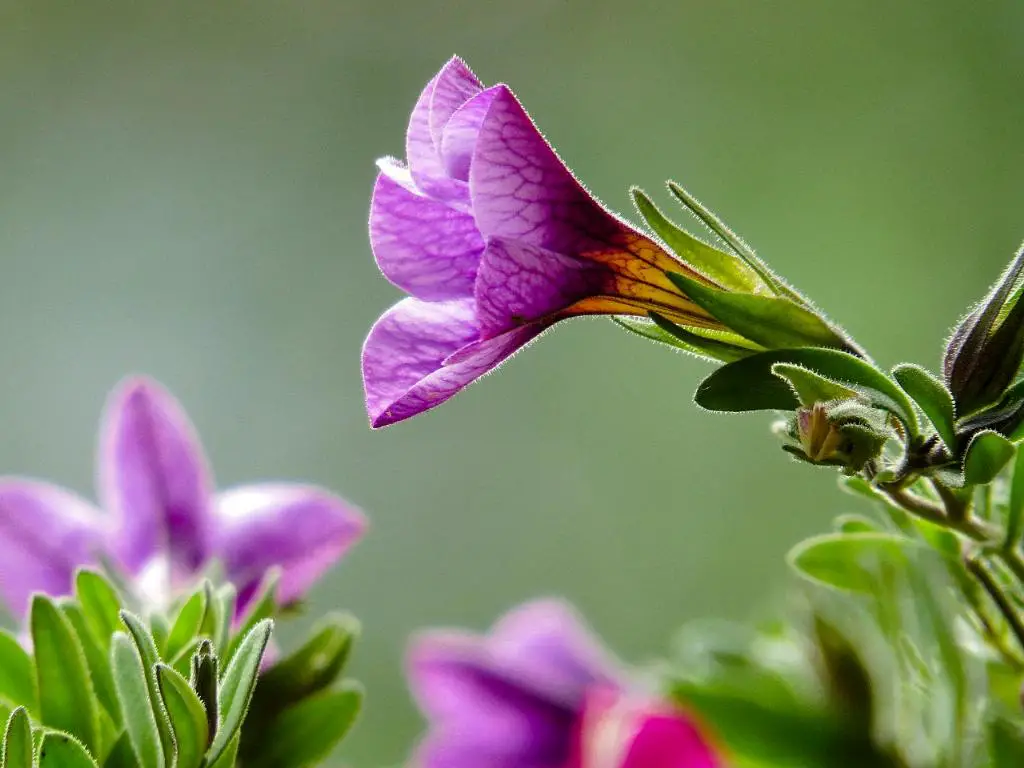When it comes to adding a splash of color to your garden, petunias are a top pick for many gardeners. Not only are they incredibly vibrant and full of life, but they also come in a wide array of colors and patterns that can suit any aesthetic. Selecting the right variety often depends on your specific garden needs and environmental conditions. From the compact and bushy dwarf petunias, perfect for container gardening, to the grandiose waves of grandiflora petunias that create stunning borders, each type has its own appeal. Cascading petunias are ideal for hanging baskets with their bountiful spill over the edges, painting a picture of abundance. By understanding what each type offers, you can make educated decisions that will lead your garden to its fullest potential.
Understanding the Basics of Petunia Care
Getting your petunias to thrive starts with mastering the basics of care. These delightful blooms are relatively hardy, but they do best with some attention and tailored care. Fundamentally, petunias need a good balance of sunlight, water, and fertile soil to flourish. They’re not too fussy about where they grow but responding quickly to their basic needs will prevent most issues before they start and encourage lush, vibrant blooms. Remember, keeping it simple and sticking to the essentials will often lead you down the path to success with these colorful flowers.
Watering Your Petunias Properly
Watering might seem a no-brainer, right? But there’s a knack to it. Petunias prefer to be kept on the moist side, yet well-drained—so over-watering can be just as detrimental as letting them dry out. Typically, a deep watering once a week should suffice, though in hotter climates or during scorching summer months, checking the soil moisture more frequently can prevent them from becoming stressed. It’s a fine balance to maintain, especially considering that healthy roots mean gorgeous plants. Oh, and morning watering is best, as this allows the leaves and flowers to dry out before evening, reducing the risk of diseases such as mildew or rot.
Optimal Sunlight and Temperature for Thriving Petunias
Let’s talk location! Petunias are sun worshippers and require about 5 to 6 hours of direct sunlight daily to achieve optimal growth and bloom quality. However, they can falter in overly hot, direct afternoon sun, particularly in hotter southern climates. In such cases, a bit of afternoon shade will help protect them from getting scorched. Temperature-wise, petunias are pretty robust. They thrive in a range of temperatures, but it’s the extremes you want to avoid. Keep your petunias blooming by making sure they aren’t subjected to the chilly winds or the blistering midday heat without protection.
The Best Soil Mix for Petunias
Soil health can make or break your gardening success. Petunias aren’t very picky, but they do best in light, well-draining soil. Heavy or clay-rich soils might need a bit of tweaking to create the ideal growing conditions. Mixing in plenty of organic matter or using a high-quality potting mix can improve drainage and aeration, providing the roots with the perfect balance of moisture and oxygen. A pH between slightly acidic to neutral is optimal, but you’re unlikely to need to adjust this unless you have extreme soil conditions.
Fertilizing Petunias for Maximum Bloom
Feed them, and they shall bloom! Fertilizing petunias can make a notable difference in both their health and the vibrancy of their blooms. An initial application of a balanced, slow-release fertilizer at planting time provides a solid foundation for growth. However, for ongoing care, a water-soluble fertilizer applied every two to three weeks during the growing season will keep your petunias in peak condition. Be wary of over-fertilizing, though, as this can promote more foliage instead of flowers and might even decrease the plant’s overall vitality.
Pruning and Maintenance Tips for Healthy Petunias
Think of pruning your petunias as helping them to help themselves. Regular deadheading of wilted and spent blooms encourages new growth and can extend the flowering period. Trimming back overgrown shoots and stems can also promote a bushier growth pattern, which equates to more stems, more flowers, and more color for your garden! Additionally, it’s wise to remove any leaves or stems that show signs of disease or pest infestation quickly to prevent further spread.
Dealing with Common Petunia Pests and Diseases
Even the strongest plants have their kryptonite, and for petunias, it’s often pests like aphids, and common diseases like powdery mildew. Keeping an eye out for early signs of trouble, like discolored leaves or a sudden lack of flowers, can help you act fast to mitigate any problems. Natural remedies like neem oil can be effective against pests without harming the plant, and ensuring good air circulation around your plants can prevent many fungal diseases.
Winter Care Strategies for Petunias
While petunias are typically treated as annuals, with the right strategies, you can help them survive an unexpected cold snap or even over winter for a jumpstart on the next growing season. If winters in your area are mild, consider mulching heavily around the base to protect the roots, and if you’re in a colder zone, why not transfer some petunias to containers and bring the vibrant colors indoors? A cool, sunny spot inside can keep petunias going until spring returns.
Creative Ideas for Displaying Petunias in Your Outdoor Space
Finally, let’s get those creative juices flowing! Petunias are versatile and can be used in almost every part of your garden. Creating a wave of color with different hues flowing through your garden beds can create a spectacular impact. Or perhaps, consider a more structured approach, using petunias in uniform colors to create formal designs, lines, and borders. For those who love a whimsical charm, mixing petunias of various colors and sizes in a cottage garden style can evoke a sense of playfulness and natural beauty. Don’t forget hanging baskets and containers, where petunias can spill over with vibrant drapes of color that catch the eye and ignite the heart.

